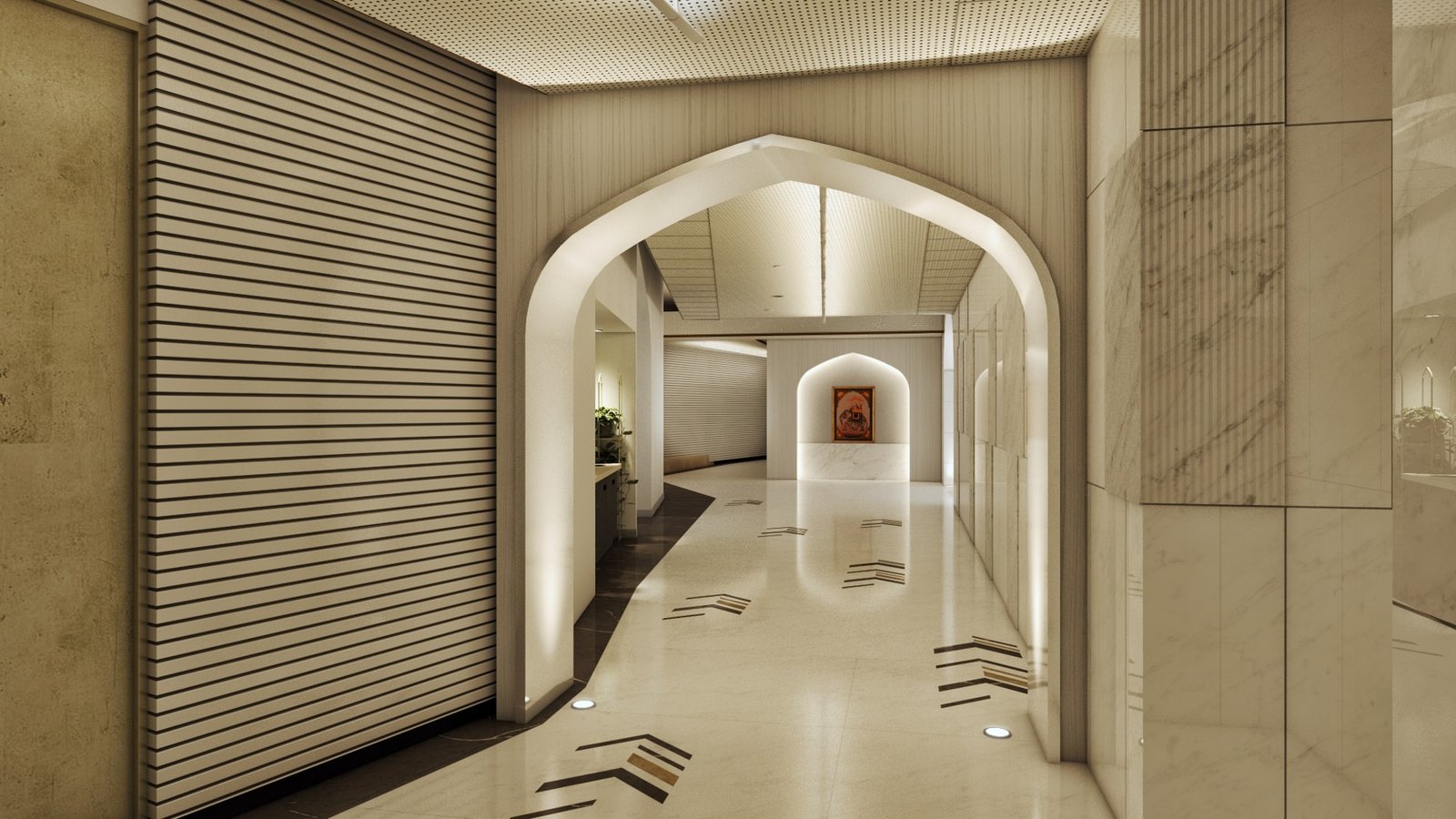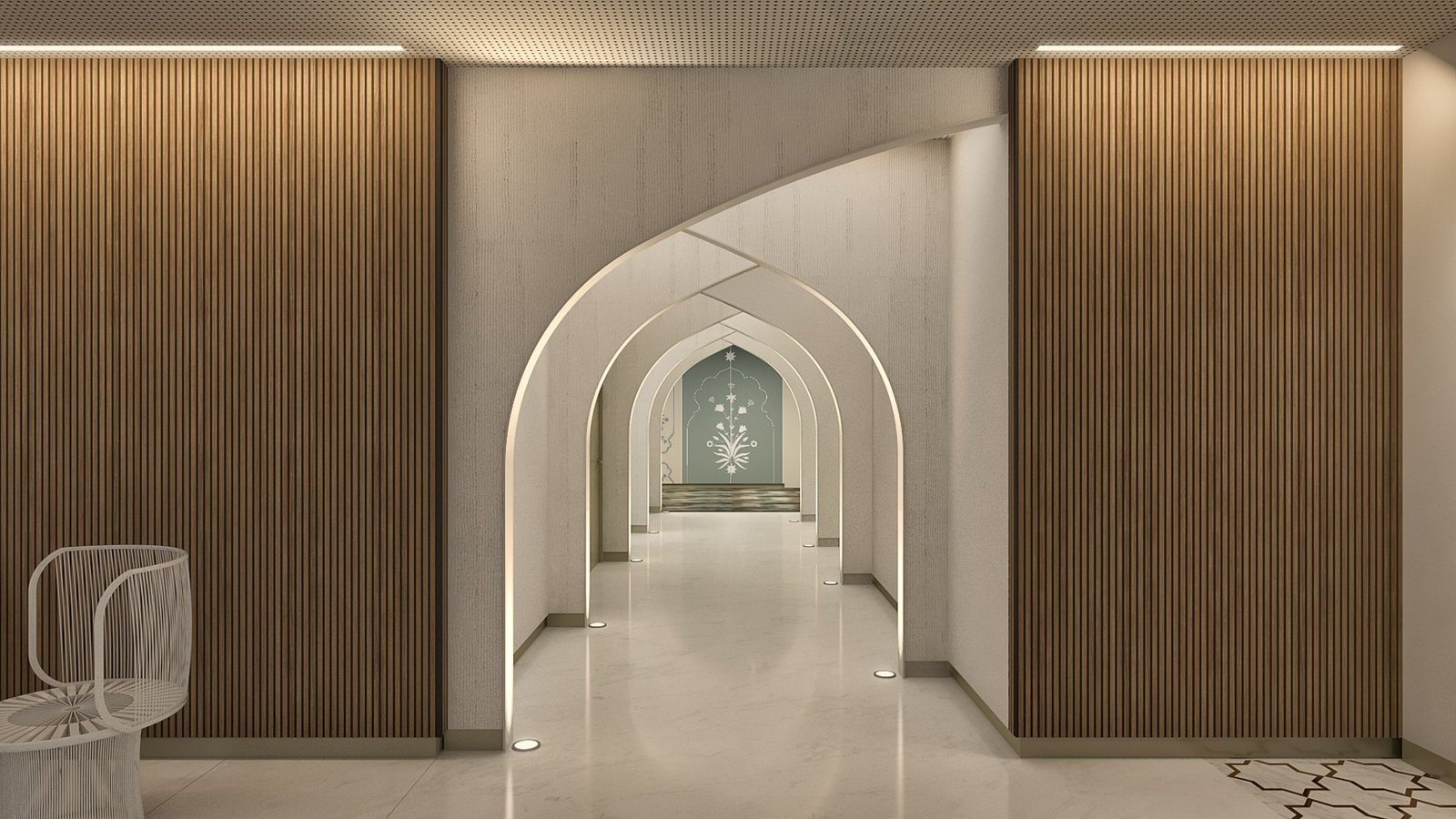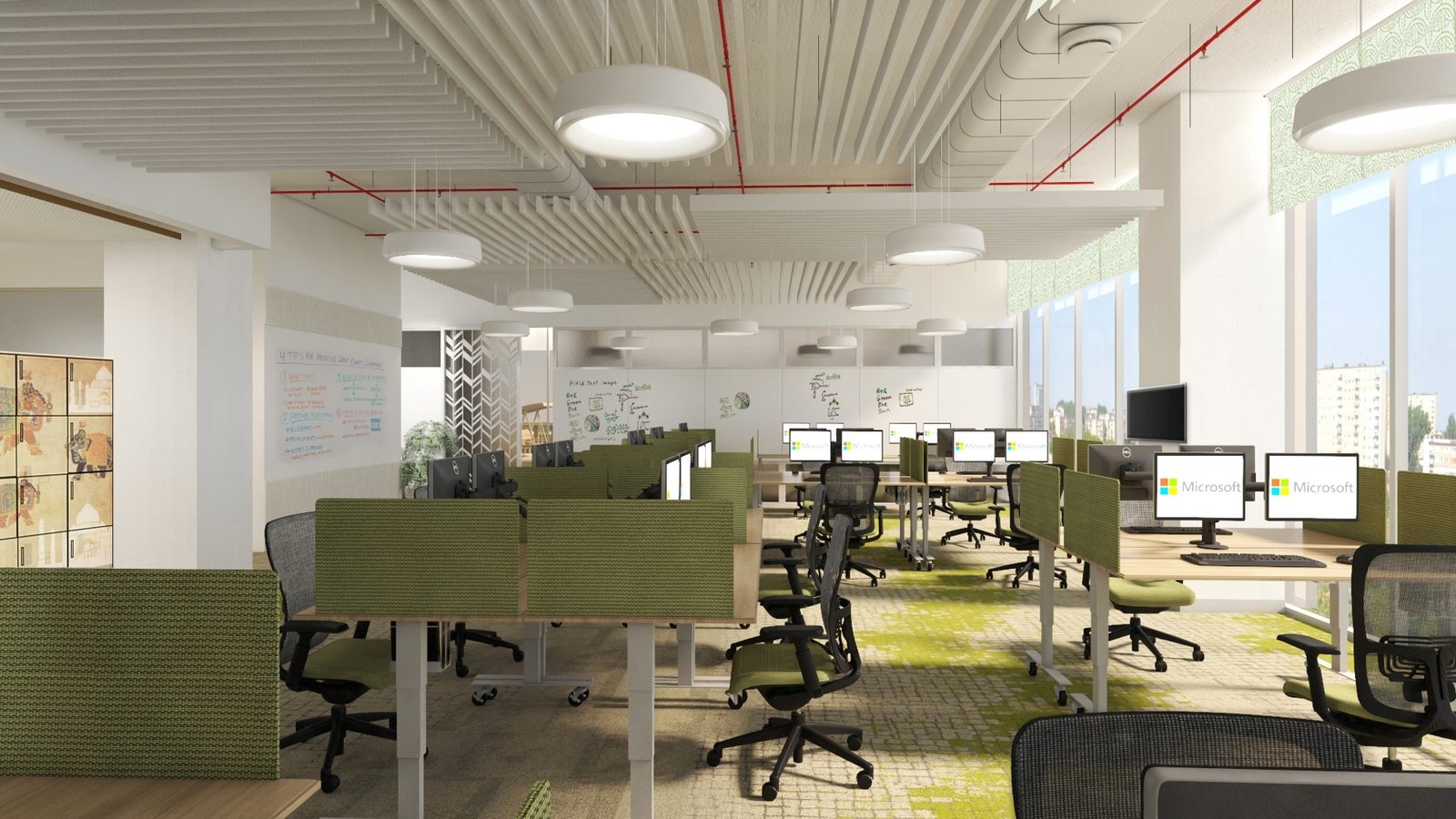Microsoft recently unveiled its new office in India, the architecture of which gets heavily inspired by the Taj Mahal. The new 90,000 square feet facility called India Development Centre, will be a hub for AI and cloud computing research. It is the company’s third such R&D office in India, and one of its largest facilities outside its headquarters in Redmond.
Microsoft’s new facility is turning heads on account of its architecture and remarkably luxurious interiors, which are described as being inspired by the ‘Taj Mahal’. The outside of the new facility looks like any standard glass office building. However, the interiors get heavily inspired by 17th-century Mughal architecture. The new facility features ambient lights, marble domes, and traditional materials like marbles, which lends it that 17th-century look.
“The IDC NCR workspace architecture is inspired by the Taj Mahal, one of the seven wonders of the world. The structure is a unique amalgamation of the latest Microsoft technologies and locally sourced materials. The intricate artwork by local artisans and graphics inspired by India’s rich cultural heritage elevate the aesthetics of the office. Its stunning marble inlays, vaulted doorways, arches, and marble domes created by stonemasons and carpenters, are a tribute to the country’s historical and rich craftsmanship,” Microsoft said in a press release.
The facility’s workforce would likely comprise of individuals in areas like AI, Cloud and enterprise, Productivity tools, along with its new Gaming division and Core services. Therefore, the software giant is likely to recruit new talent in areas such as AI and Cloud.
The new facility in Noida becomes Microsoft’s third Development Center in India after Hyderabad and Bengaluru. The company’s IDC facilities research AI and other areas like machine learning and cloud computing. For instance, the Cloud and Enterprise department focuses its research efforts on CRM, cloud infrastructure, Microsoft Azure, and Visual Studio. Similarly, its Experience and Device stream are responsible for developing softwares, apps and games, along with hardware for Microsoft. Meanwhile, the Core Services Engineering team focuses on critical products and services for Microsoft.






